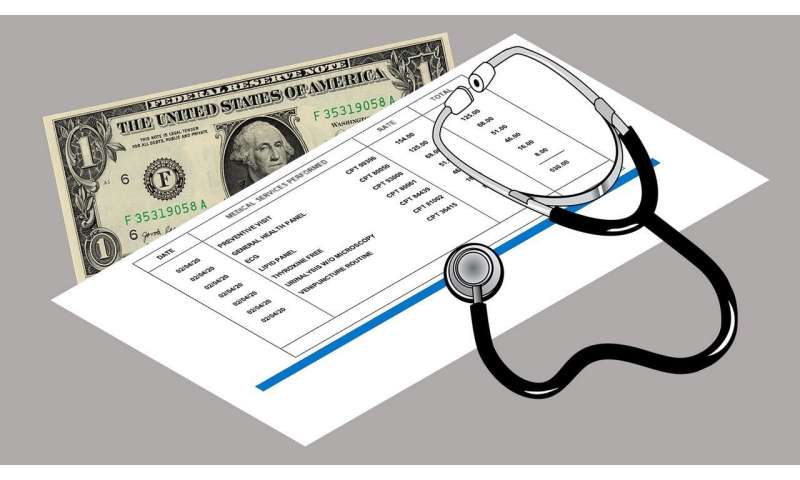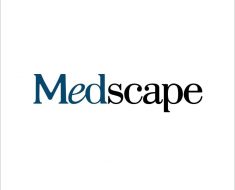
If you’re concerned about rising health care costs and overwhelming medical bills, you’re not alone. According to statistics reported in 2019:
- Approximately 30% of an average health care bill is paid for out of pocket by the patient (Association of Credit and Collection Professionals International).
- About 67% of Americans are either very worried or somewhat worried about unexpected medical bills, compared to only 41% who are concerned about not being able to pay their rent or mortgage (Kaiser Family Foundation).
- Of 1,000 patients surveyed, 64% said they delayed or neglected seeking medical care in the previous year because of concerns about high medical bills (20/20 Research).
- More than 25% of 5 million consumers surveyed had delinquent debt on their credit reports, with 58% of that liability coming from medical bills (U.S. Consumer Financial Protection Bureau).
In an effort to help address this growing national problem, two physicians at Johns Hopkins Medicine, Simon Mathews, M.D., and Martin Makary, M.D., M.P.H., have proposed five quality measures for medical billing. The metrics are detailed in an article in the Feb. 4, 2020, issue of The Journal of the American Medical Association (JAMA).
“In recent years, patient care and outcomes have been significantly improved by applying quality science to medicine, benchmarking the performance of both health care providers and facilities, yet there are no standardized metrics for billing quality,” says Makary, professor of surgery at the Johns Hopkins University School of Medicine and an authority on health care quality.
“We hope that our proposal will be the first step toward achieving the goal of national billing quality standards,” says Mathews, assistant professor of medicine and head of clinical innovation at Johns Hopkins Medicine’s Armstrong Institute for Patient Safety and Quality.
The Billing Quality 5-Star Rating System that Matthews and Makary propose includes the following measures (shown as published in the JAMA article):
- Itemized bills—Are patients routinely provided an itemized bill with items explained in plain English?
- Price transparency—Are patients provided real prices for common “shoppable” services when they ask?
- Service quality—Can patients speak with a billing representative promptly about a concern they have about their bill and be informed of a transparent review process?
- Suing patients—For patients who have not entered into a written agreement specifying a price for a medical service, does the institution sue patients to garnish their wages, place a lien on their home or involuntarily withdraw money from a patient’s income tax return?
- Surprise bills - Are out-of-network patients paying out of pocket expected to pay more than the region-specific, reference-based price [a price outside of that set by traditional insurance carriers]?
and
- Are patients billed for complications stemming from National Quality Forum (NQF) serious reportable events?
The NQF is a non-profit organization that promotes patient protections and health care quality through measurement and public reporting. In 2009, it established the first list of serious reportable events (also known as “never events”), a set of largely preventable and harmful clinical practices and behaviors —such as operating on the wrong part of the body or having to remove a foreign object left behind during surgery—that should never occur.
“Given the wide variation in both pricing and collection practices by hospitals, measures of billing practices are needed,” the authors stated in the JAMA article. “Billing quality is a type of medical quality.”
The authors also write that “… metrics of billing quality could be used to create public accountability for U.S. hospitals” and that “… incorporating measures of billing quality into reports of overall hospital quality could provide patients with a more complete assessment of a given medical center or practice.”
Source: Read Full Article




